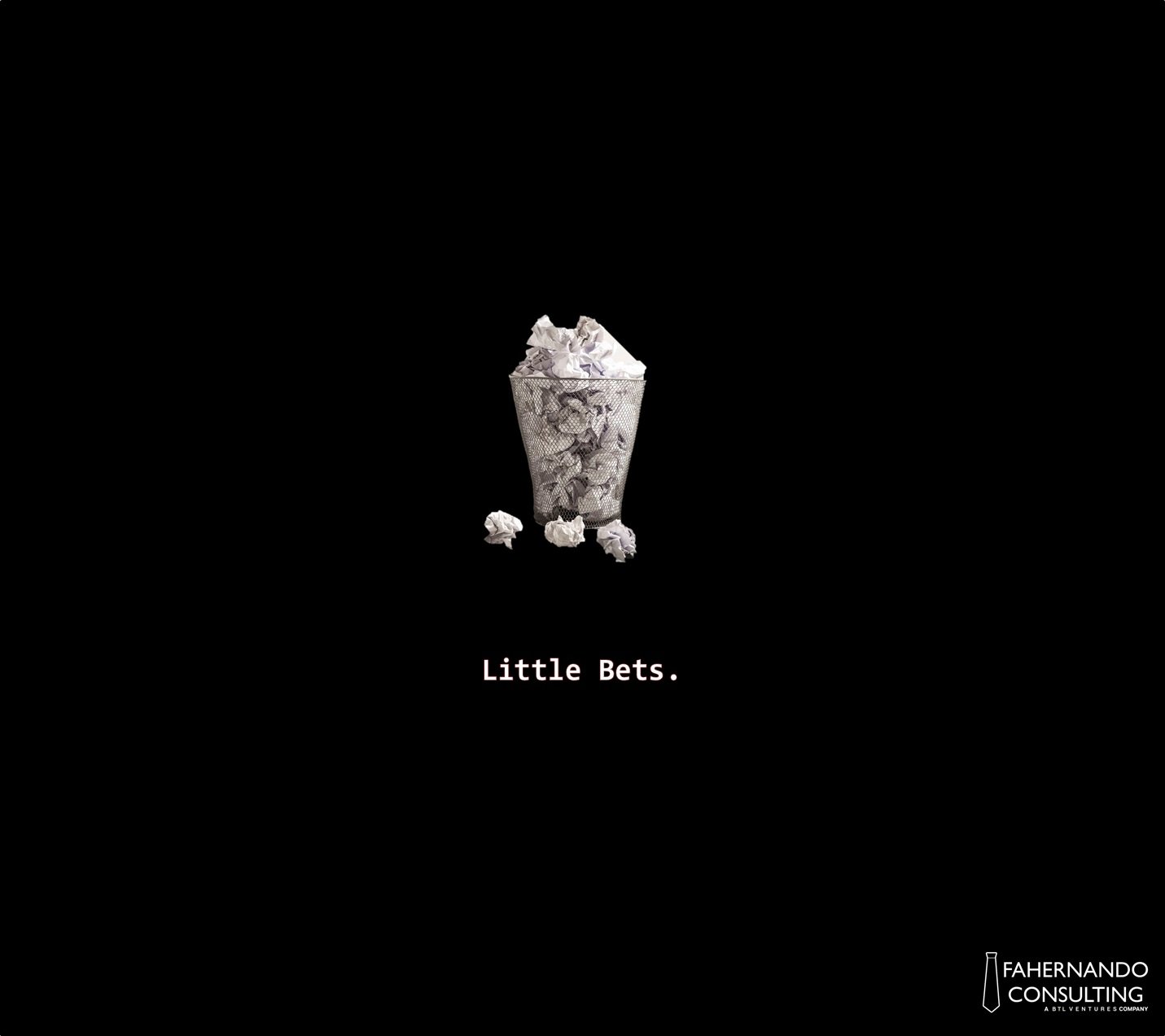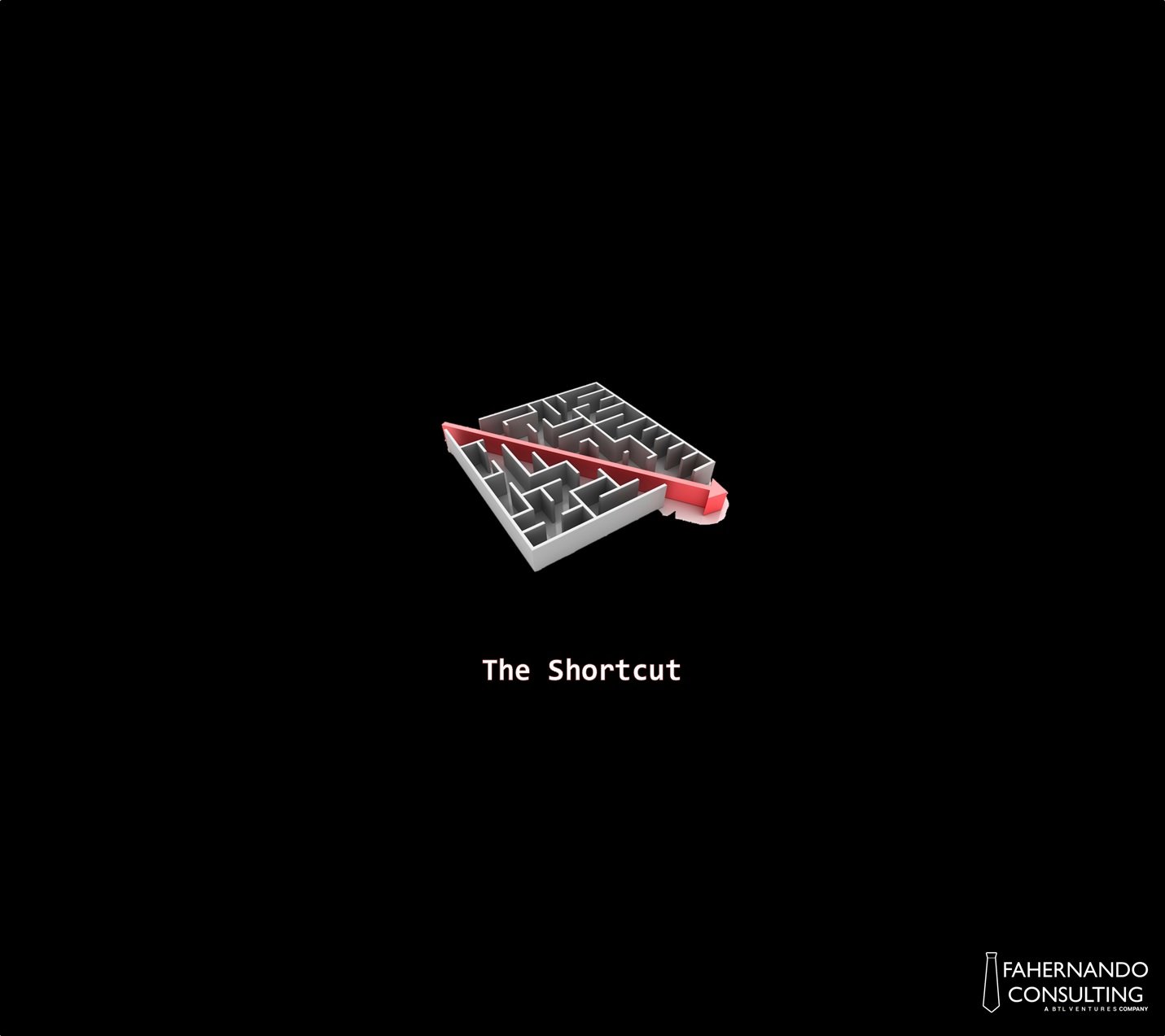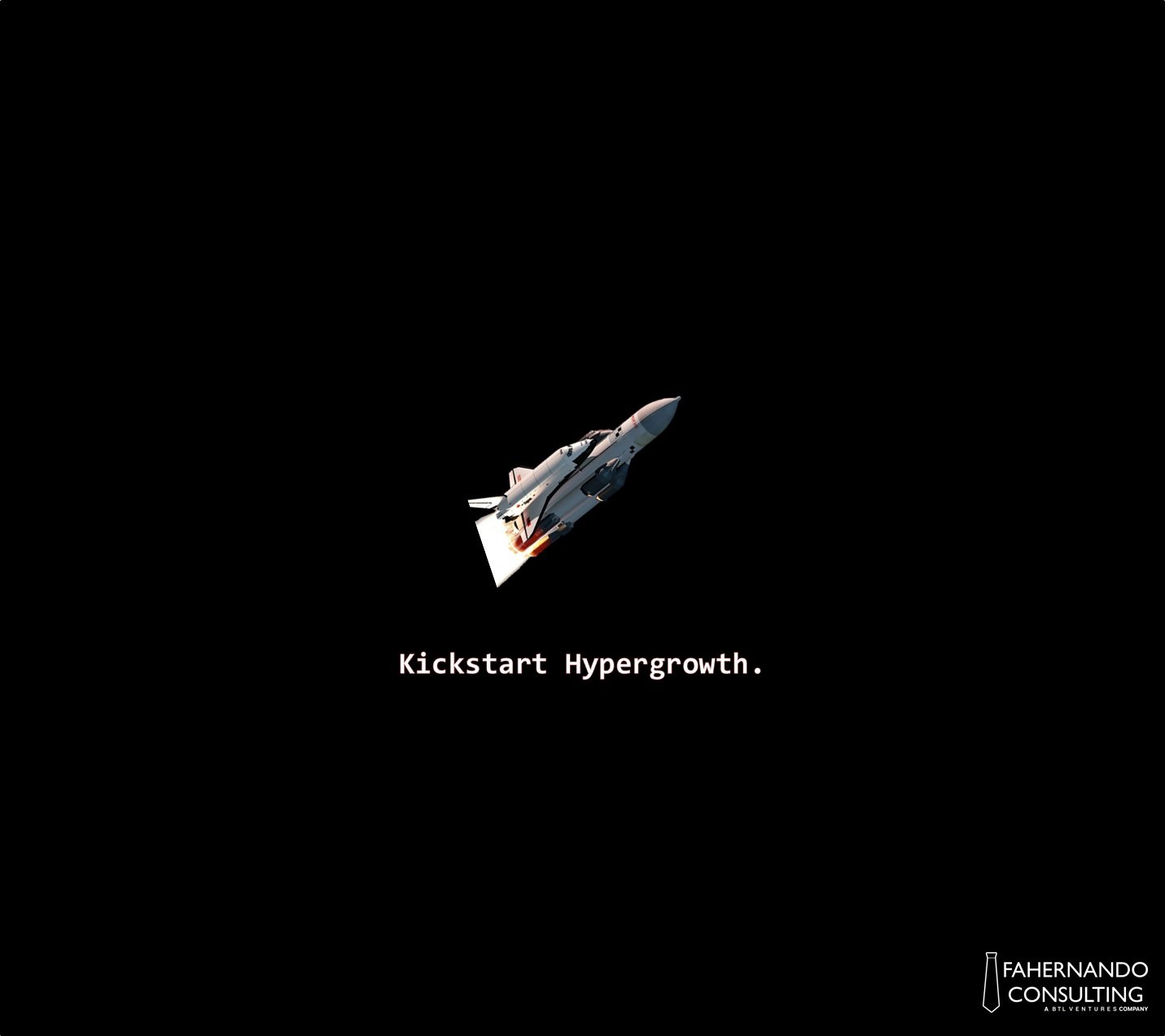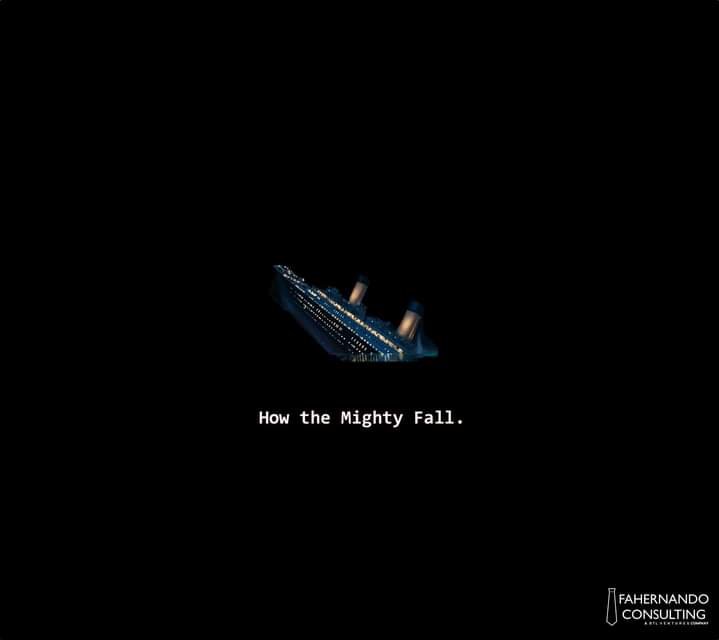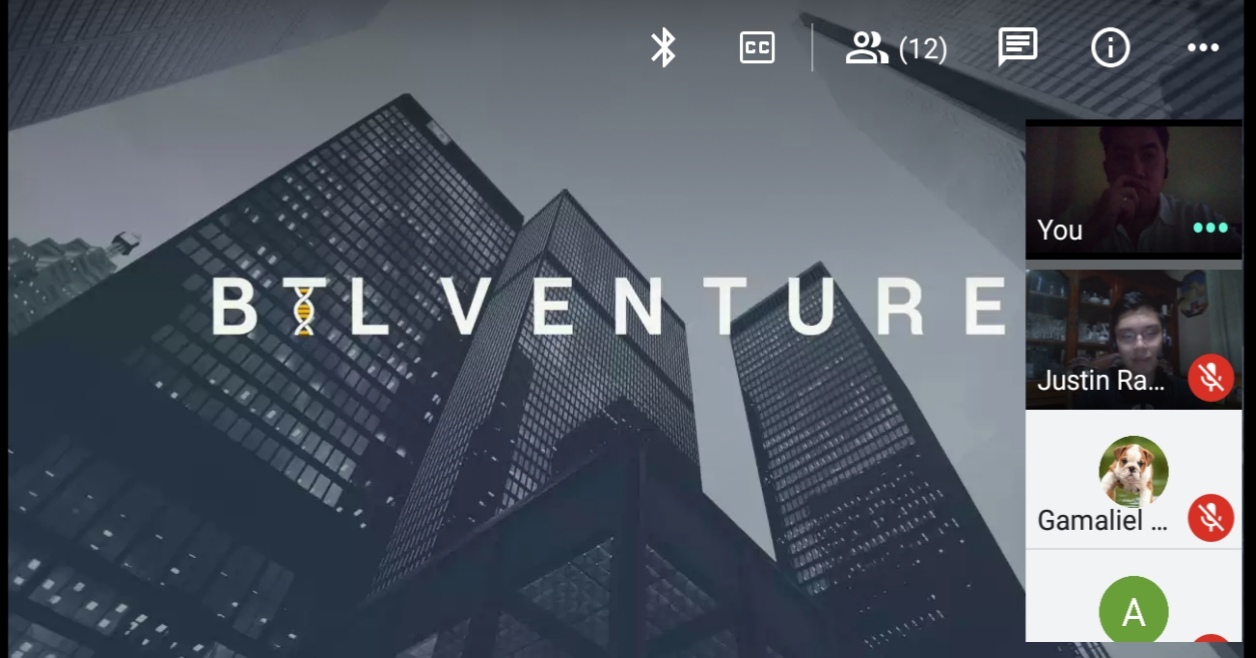“Every organization is just one idea away from unlocking breakthough accomplishments.”
People say an individual’s high school years are one of the best seasons in a person’s life. That is the case for me.
My high school experience serves as one of the memories I treasure deeply. Fact is, when there are nights that the girls are already asleep and dozing off evades me, I reminisce about moments from that era. It’s as if boarding into a time machine, I am transported back to relive the wonder years.
Having great memories from those days, I’d reserve that conversation for another time and pivot this write up to a person. His name is Franklin Andaya.
Franklin is an intelligent classmate of ours. He also had a heart condition which made him tire easily and was almost always found sitting in a corner, catching his breath. Because of his situation, Franklin was exempted from physical activities.
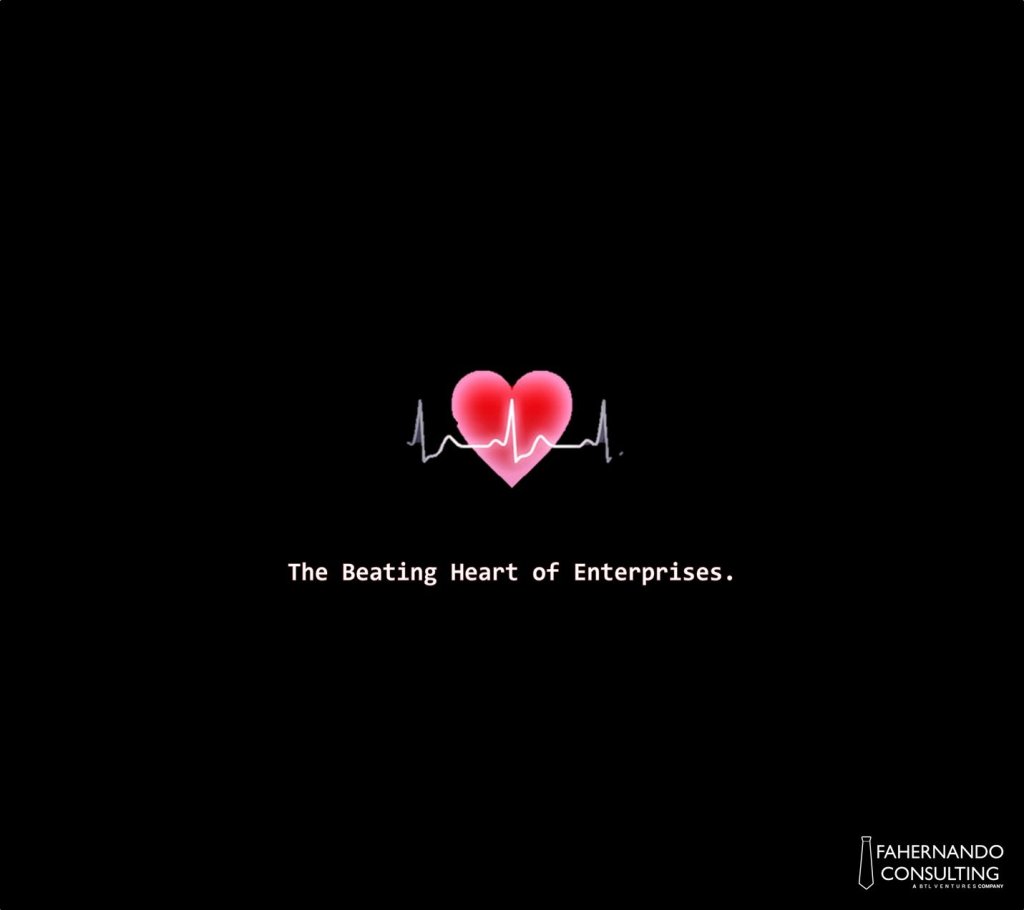
Although we interacted from time to time, we didn’t hang out much as he belongs to a different crowd.
After graduating, the only news I heard about him is that he went into the academe and became a teacher at an international school.
A few years ago, one of our high school classmates came home from the Middle East and invited our batch for a mini reunion in Tagaytay. Many of us came with our families and talked about the good old days. With all difficulty explaining it, a lot of us have changed and at the same time, still are the person we knew back then, proving the adage that people never actually grow up; we just get older.
It was a great night for all of us. It was also the first time I saw Franklin after almost two decades, I barely recognized the guy. I was really glad to see him so we catched up and talked about how life has been since the last time we spoke. He’s now married with three kids and has a stellar career as Operations Manager for a global company.
Seeing Franklin again, I remembered a passing conversation I had with another classmate of ours a few years back about him having a heart transplant.
Now Franklin is a healthy bloke who spends some of his free time biking to and around historical sights in Cavite.
Now, to Business.
As an Executive Advisor whose day to day activities are meetings about strategic management and business operations, I cannot help but see the resemblance of Franklin’s story and the organizations I work with.
I remember in one of my meetings, an Associate told me that data is the currency of the digital age. It’s true. So returning the favor, I responded with another truth:
Ideas are the heart of organizations.
In fact, I would say that every organization – be it a small family business or a global enterprise with sprawling reach all over the world – was once an idea in a person’s head.
Idea is what gives life to organizations. It is also what sustains its existence.
And like a human heart, ideas have a life cycle. Some ideas, due to old age, are no longer healthy and need to be replaced in order for its body – the organization – to survive.
This is what happened with Apple and the historical second act of Steve Jobs.
With bankruptcy rearing its ugly head, Gil Amelio, the CEO who brought Steve back, had a business model idea he thought would take Apple out of its dire situation. Steve had other ideas. He not only wants Apple to survive but to create insanely great products – his original idea of the company.
The rest, as they say, is history.
This, ironically, is what Satya Nadella is trying to do with Microsoft. The company’s third CEO inherited an enterprise whose business idea revolved around the desktop. Now, in the world of mobile phones and tablets, Nadella infused Microsoft with an idea that’s apt to the times and is now playing catch up by pivoting the once-leading technology enterprise into the new era.
But some businesses choose to stick to ideas that are way past their sell-by-date. This is why we have Kodak, Blackberry, Blockbuster, Sears and Polaroid as case studies.
Getting Practical.
Here’s the point: in many cases, a heart transplant gives life to an almost dying body. It goes the same with organizations. An idea transplant can turn a near-bankrupt enterprise into the most valuable company as the case with Apple.
The idea of idea transplant is a common practice at Innoventures and BTL Venture Capital.
Take the Featured Associate as an example. At BTL Venture Capital, we invite interns (whom we call Associates) to join our companies and help us build something great.
In the early days, we had difficulty attracting candidates to apply for our Associate Program since BTL Venture Capital wasn’t a recognized firm yet. We used the traditional way of recruitment back then so I decided to shake it up and experiment. Everything changed when we stumbled upon the practice of using existing Associates who share their work experience at BTL Venture Capital as invitation material.
Having an actual Associate with their photo and alma mater talk about what it’s like at BTL Venture Capital more than doubled the number of applications of our Associate Program.
With an idea that’s proven to work, we evolved it into featuring CEOs and startup founders who apply for Seed Capital infusion. The result is staggering.
In one instance, I received two separate phone calls in one day. One is from a Corporate Executive who has an idea to disrupt their industry. The other is a founder and CEO from the financial industry who want to scale their firm.
Both numbers were unrecognized. Both said they saw the Featured CEO publication and scoured to get my contact details from reading my blog and posts. Both wanted to engage for Executive Advisory. It did not escape my mind to think I was getting Punk’d.
Innoventure: Coffee Crafters and Shapets.
Being part of another enterprise, Innoventures is a digital conglomerate with a portfolio of tech companies in five industries: e-learning, e-sports, e-commerce, e-health and e-food.
Under e-food is Coffee Crafters, our tech play in the coffee space. With the purpose of empowering people to craft their own unique coffee experience, I serve as the Executive Advisor of its fantastic co-founder and CEO, Miko Lapira.
Now with two wins under its belt, I floated the refined idea of Featured Customers as a marketing tool to increase movement of our gelato, create brand awareness and customer loyalty as well. Weeks after implementing this, we sold out our products last week and had repeat bulk orders this week.
Now we’ve adapted the practice and transplanted the idea to our Community Partners program – our franchise business strategy. We just featured our first Community Partner, Pam Kang, a Veterinarian from Taguig last week.
Within the Innoventure ecosystem as well is our tech startup in the pet space, Shapets.
With the purpose of providing the best pet care for our babies, Shapets, founded by its CEO Amanda and CTO Mikez, is the first Philippine platform for the pet community. In our sessions, we are also integrating the practice of Featured Enterprise Partners in order to gain traction of attracting more customers to visit the platform because of having more options, which then kickstarts the flywheel of growth as having large foot traffic attracts more enterprise partners to onboard the platform.
Closing thoughts.
The flywheel of growth mentioned that Shapets is trying to accelerate is nothing new. About twenty years ago, a small company founded by a first time CEO stumbled upon the framework. He saw that attracting merchants on his platform amplified the foot traffic of customers, which then attracted more merchants to be part of his digital marketplace and feeding off one another, the upward spiral continues.
The name of that company is Amazon.
So I’d like to end this write-up with a question: if it’s proven to work, then what’s stopping you from doing it?
Florentino Hernando is the Managing Director of FAHernando Consulting, an Executive Advisory firm with the mission to accelerate performance by 100x.


